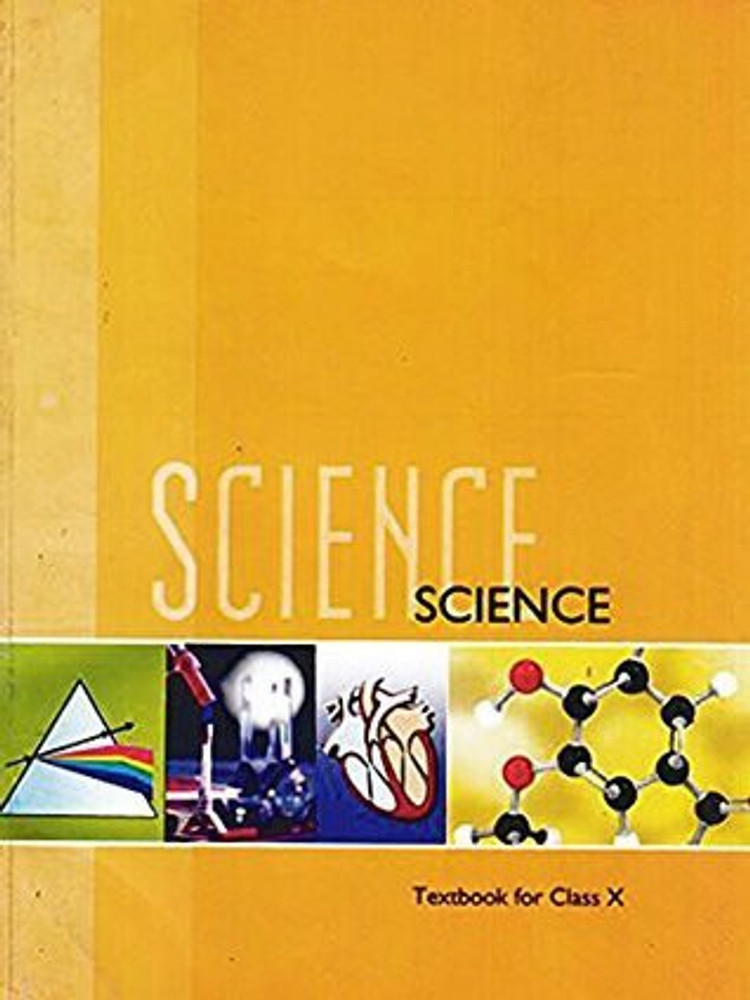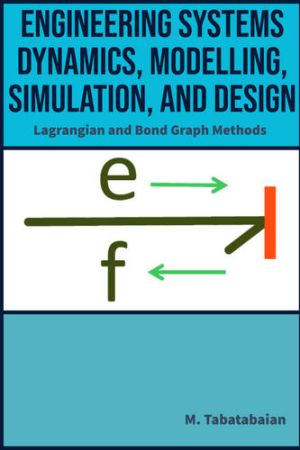Hidden Details of Alexander the Great Mosaic Revealed Through Unique Study
A scientific study on the Alexander Mosaic, displayed in Naples, explores the origins of the materials used in its creation. The analysis traced the mosaic’s tesserae to various regions across Europe, including Italy, Spain and Tunisia, highlighting the craftsmanship and resources used. The mosaic, buried during the eruption of Mount Vesuvius in A.D. 79, depicts Alexander the Great’s victory over King Darius III. This discovery provides critical insights into ancient art, its preservation and the techniques used in its construction.

An iconic mosaic of Alexander the Great, originally from Pompeii and now displayed at the National Archaeological Museum of Naples, has been the subject of a detailed scientific analysis. Composed of approximately 2 million tesserae, the mosaic's intricate artistry and materials were found to extend beyond Alexander's ancient empire. These stone and mineral pieces were sourced from quarries across Europe, including regions in Italy, Spain and Tunisia. This discovery sheds light on the extensive craftsmanship and resources employed in its creation.
Origins of the Materials
According to the study published in PLOS One, the tesserae consisted of ten distinct colours, including shades of white, red, green, yellow and pink, all meticulously combined to produce stunning artistic effects. According to Live Science, portable X-ray fluorescence (pXRF) was among the methods used to identify the mosaic's chemical composition. Notably, the white tesserae were linked to the Marmor Lunensis quarries in Italy, while the pink pieces were traced to Portugal and yellow elements were found to originate in Tunisia.
Artistic and Historical Significance
The Alexander Mosaic, created over 2,000 years ago, was buried in A.D. 79 during Mount Vesuvius's eruption. It depicts Alexander the Great defeating Persian King Darius III at the Battle of Issus in 333 B.C. The mosaic is famed for its exceptional detail, especially in Alexander's face, which features shades of pink tesserae with varying chemical compositions. Researchers noted these subtle luminescent effects likely contribute to its iconic status in ancient art.
Preservation Insights
Traces of gypsum and natural wax, applied in modern restorations, were identified during the analysis. Researchers also found structural vulnerabilities in the mosaic's backside, previously treated with gypsum-based substances. These findings highlight critical considerations for future preservation efforts.
The mosaic continues to offer remarkable insights into the art, history and technological sophistication of the ancient world.












)

























































